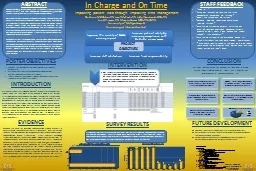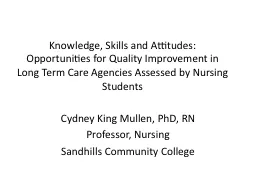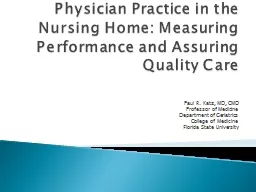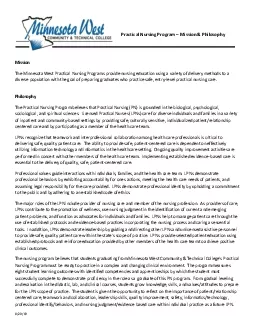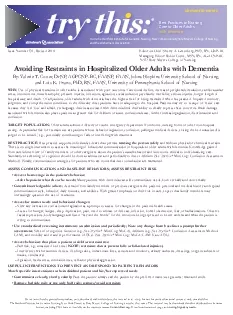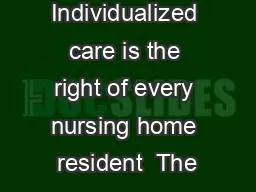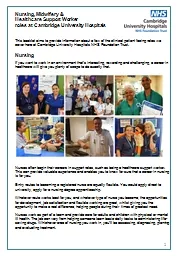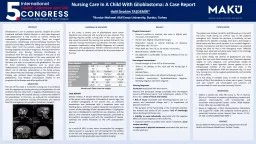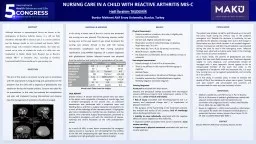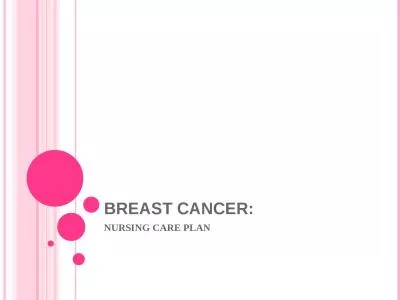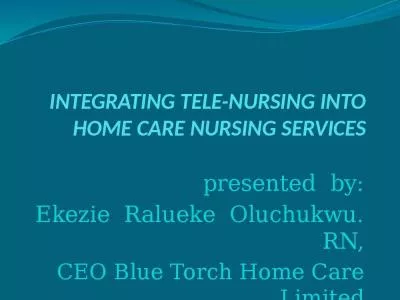PPT-Provide 2 reasons why nursing report is important to quality patient care.
Author : luanne-stotts | Published Date : 2018-11-02
State 3 barriers to effective communication of patient information during change of shift report Identify 4 positive outcomes from introducing a standardized template
Presentation Embed Code
Download Presentation
Download Presentation The PPT/PDF document "Provide 2 reasons why nursing report is..." is the property of its rightful owner. Permission is granted to download and print the materials on this website for personal, non-commercial use only, and to display it on your personal computer provided you do not modify the materials and that you retain all copyright notices contained in the materials. By downloading content from our website, you accept the terms of this agreement.
Provide 2 reasons why nursing report is important to quality patient care.: Transcript
Download Rules Of Document
"Provide 2 reasons why nursing report is important to quality patient care."The content belongs to its owner. You may download and print it for personal use, without modification, and keep all copyright notices. By downloading, you agree to these terms.
Related Documents

